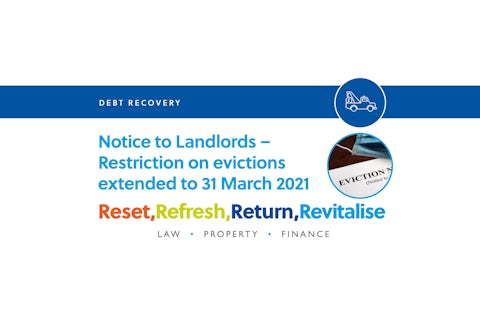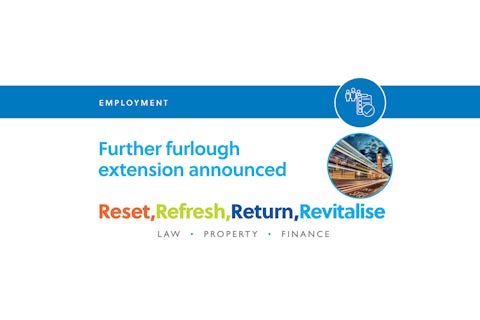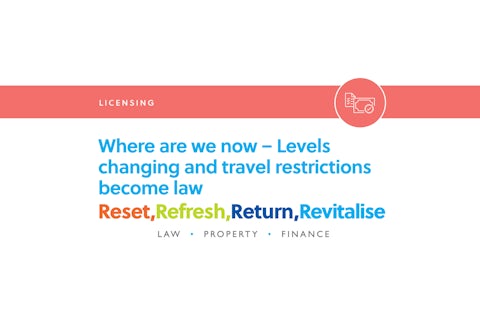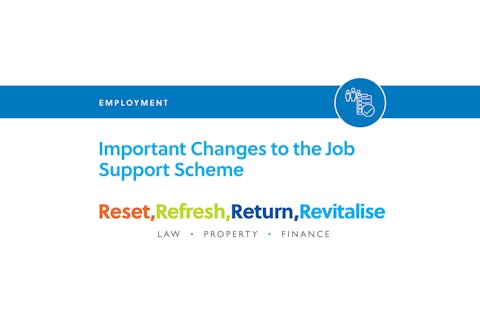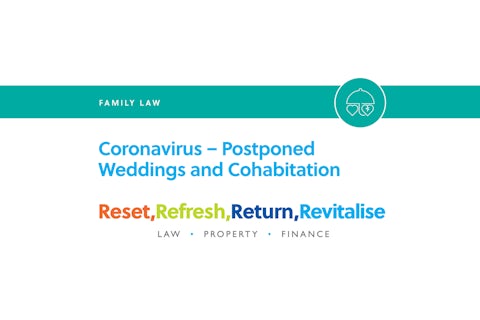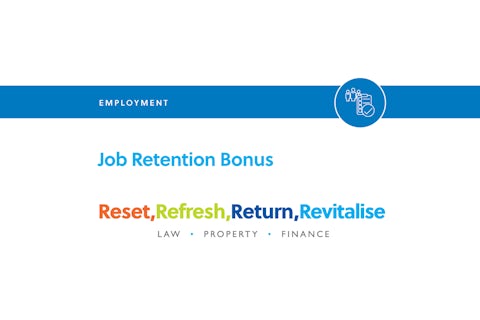What will the recession look like, and what should investors do?
Beneath the myriad human stories being played out through this crisis, economists are asking two big questions: how deep and painful will the recession be; and when will the global economy recover?
Stocks merely reflect economic expectations; so they have fallen sharply as the coronavirus has spread globally. Since then, all sorts of different economic outcomes have been floated, reflecting the range of possible epidemiological trajectories ahead, and the resultant impact on businesses. Hopes for the more optimistic scenarios have seen stock markets stage something of a recovery in recent days; but there is a danger that markets are getting ahead of themselves.
All sorts of different economic outcomes have been floated, reflecting the range of possible epidemiological trajectories ahead.
One much-hoped-for scenario is that the rapid downturn will be matched by a rapid recovery as the lockdown measures are lifted: a V-shaped recovery. Alternatively, the economic drag created by widespread business closures and lay-offs, some of those closures becoming permanent, could mean it will take longer for the economy to come back: a U-shaped recovery. An L-shaped recovery could occur if the virus drags into the second half of the year, stifling people’s willingness to spend and ability to pay off debt. A further possible outcome is a short-term recovery, followed by a second recession if infection rates rise again and restrictions are re-imposed: a W-shaped recovery – also known as a ‘double dip’.
In short, the range of alphabet outcomes being put forward, and the huge uncertainty about which might prove to be right, challenges economists and investors alike.
What’s next?
This is not a normal recession because it has been caused by governments’ efforts to tackle the virus. That economists can agree on; beyond that, opinion diverges sharply about what might happen next.
Tan Kai Xian of Gavekal believes a V-shaped recovery is plausible for the US, with a progressive scaling back of lockdown taking place during May.
“By our estimate, US GDP is going to contract by 4–9% year-on-year if the lockdown lasts a month – if it’s two months, it’s likely to be 9–19%,” suggests Tan. “Comparing the US and Europe, we found that the US is less vulnerable to lockdown than Europe. Whether the US economy sees a V-shaped recovery will depend on two factors. One is corporate bond yields – if they spike, there is a risk of a long corporate deleveraging cycle, but thus far they haven’t. The second factor is consumer confidence. So far it has only deteriorated very marginally, but if lockdown goes on very long, this could fall.”
This is not a normal recession because it has been caused by governments’ efforts to tackle the virus.
Keith Wade, chief economist at Schroders, which manages the St. James’s Place Managed Growth fund, forecasts that the global economic contraction this year will, at 3%, significantly exceed that suffered in the year after the global financial crisis (GFC), which was just 0.5%.1
“However, unlike the GFC we do see a relatively rapid bounce back,” says Wade. “After the downturn in 2008, it took just over three years for the US economy to regain the level of GDP achieved prior to the crisis, one of the slowest recoveries on record. Our base case is for a V-shaped recovery, but our next is for a W-shaped recovery. The V-shaped recovery [assumes] the lifting of restrictions on movement and a return to work as business restarts, shops reopen and normal activity resumes. In our view though, the probability of a W-shaped recovery has increased in recent days, given the experience in places like Hong Kong and Singapore, where infection rates have ticked up again and restrictions are being re-imposed.”
However, both V- and W-shaped recoveries assume business and consumers alike will quickly swing back into action. That assumption has its detractors, with some arguing this may take some time, with much depending on how governments support businesses through the worst of the downturn.
“The US has a programme for small businesses, and Germany is following this strategy… this should save many businesses from failure and allow companies to maintain more jobs,” said Hamish Douglass of Magellan, manager of the St. James’s Place International Equity fund and co-manager of the Global Growth fund. “Ultimately, this level of support should enable a U-shaped economic recovery – we cannot avoid a sharp contraction of economic activity, but we can limit the duration of the trough. The only way to enable a V-shaped recovery… is for governments to wholly compensate businesses for their lost revenues. Companies can then continue to distribute this income to employees, landlords, suppliers and other stakeholders, in a largely uninterrupted manner.”
So, what should investors do?
Inevitably, the severity of the contraction and the uncertainty over the timing of the recovery has left many investors scratching their heads, after suffering from the biggest sell-off in markets for well over a decade. And whilst markets have bounced a bit recently, it is possible that the recent lows could be tested again in the coming weeks as the impact of the lockdowns on economies, and corporate earnings, becomes clearer.
“Equity markets will come back before economies come back” – Hamish Douglass, Magellan.
In short, volatility will remain elevated, so it’s important to continue to sit tight. A decision to dash to cash now would effectively mean investors are giving up hope of recovering the losses suffered recently, particularly given that interest rates are now at record lows, and likely to remain low for many years to come. Maintaining a diversified portfolio in times like this is paramount.
It is also worth remembering that recessions do not end when economies return to normal, but when economic activity reaches its floor. Taking the US as an example, in the 14 recessions since 1928, the stock market reached its trough before the recession ended in all but one case.¹ What that suggests is that a market recovery is likely to pre-empt an economic one.
“The one thing I would say is that it is very important that people stay the course,” Douglass advises. “The shock to individuals in this health crisis is enormous and we all need a strong amount of empathy and understanding. But it is important to remember that the world is not going to end here. Equity markets will come back before economies come back.”
Magellan and Schroders are fund managers for St. James’s Place.
The value of an investment with St. James’s Place will be directly linked to the performance of the funds you select and the value can therefore go down as well as up. You may get back less than you invested. An investment in equities does not provide the security of capital associated with a deposit account with a bank or building society.
1 Capital Economics, April 2020
The opinions expressed are those of the fund managers listed above and are subject to market or economic changes. The information and opinions contained in this blog are for information only. They are not intended to constitute advice and should not be relied upon or considered as a replacement for advice. Before acting on any of the information contained in this blog, please seek specific advice from Gilson Gray Financial Management.


